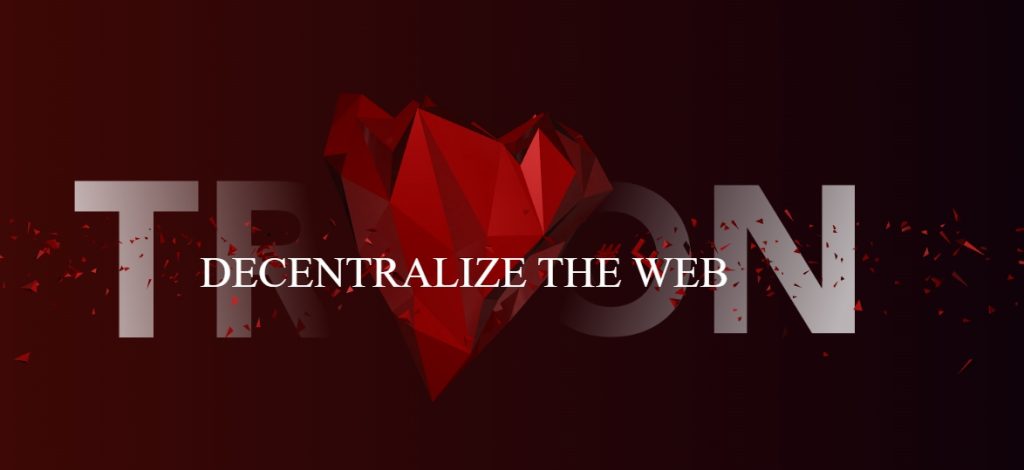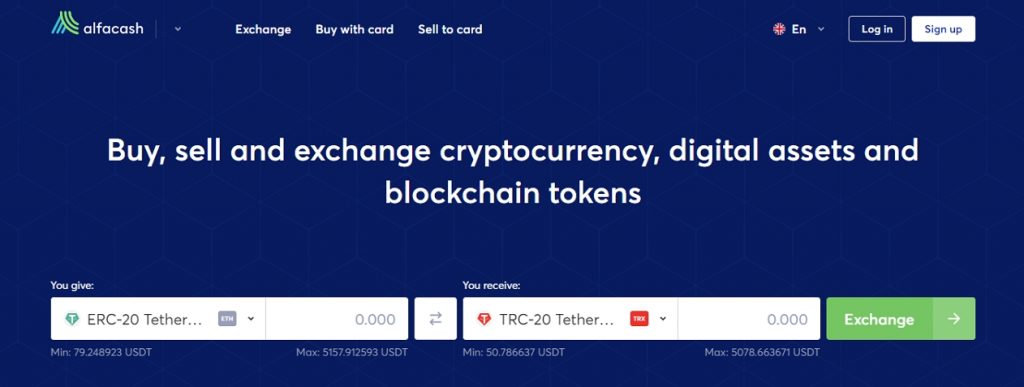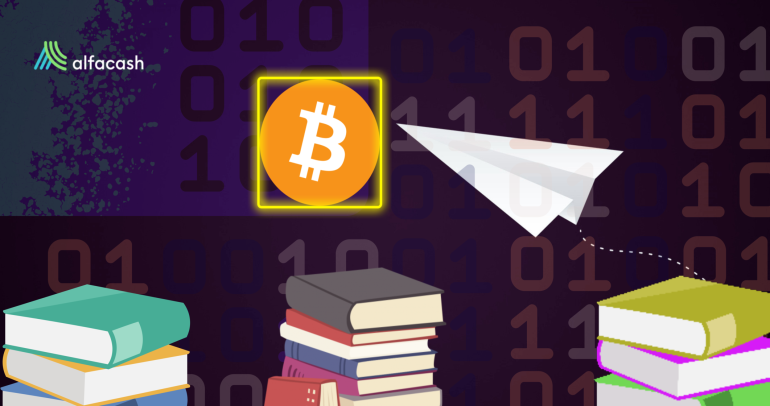Smart contracts are everywhere now inside the crypto world. They allow the creation of all kinds of Decentralized Applications (Dapps), Non-Fungible Tokens (NFTs), Decentralized Finance (DeFi) platforms, and more. Ethereum is the most famous smart-contract network, but there are other options with different features and fees. One of them is TRON blockchain.
TRON is defined by their team as “a decentralized blockchain platform for supporting smart contracts and high throughput. We see TRON as a future operating system which will allow developers to deploy their own decentralized applications”. It was created by the Chinese entrepreneur Джастин Сан around 2014, and released through an Initial Coin Offering (ICO) in 2017.
Since that year, its development has been overviewed by the TRON Foundation, a non-profit based in Singapore. TRON and its native token (TRX) started their journey on Ethereum. TRX was an ERC-20 token, indeed, until TRON launched its mainnet in July 2018. During the same year, они купили the popular P2P platform BitTorrent.
From there, numerous Dapps, Платформы DeFi, NFT, and stablecoins have been developed on this Proof-of-Stake (PoS) blockchain. So far, TRON is cheaper and faster than Ethereum, and one of the most remarkable smart-contract networks. Currently, TRX (needed to pay internal fees) has a market capitalization of over $7.2 billion, and the price per token is at $0.073. However, its All-Time High was $0.3 in 2018 [CoinMarketCap].
How does TRON blockchain work?
As we mentioned above, TRON is a Proof-of-Stake (PoS) blockchain. This means that there’s no traditional crypto mining, like with Bitcoin (BTC). Instead, they pick 27 “Super Representatives” (SR – validators) to verify transactions and create new blocks every three seconds. If they succeed in adding a new block, the reward is 16 TRX.

These SRs change every six hours among numerous candidates with a certain amount of frozen TRX on their wallets. Anyone can apply to be an SR, but they’re selected by vote. As the TRON whitepaper explains:
“Every 6 hours, TRX account holders who freeze their accounts can vote for a selection of SR candidates, with the top 27 candidates deemed the SRs. Voters may choose SRs based on criteria such as projects sponsored by SRs to increase TRX adoption, and rewards distributed to voters (…) SRs’ accounts are normal accounts, but their accumulation of votes allows them to produce blocks.”
So, for example, at the time of writing, the 27 SRs include platforms and brands like Binance Staking, TRONScan, Ant Investment Group, JD Investment, and TRON Alliance. All of them and the next candidates can be checked in real-time on the TRON explorer.
Three layers
Beyond this mechanism to produce new blocks, TRON developed their own Virtual Machine (TVM – “a complete developers’ toolset, and 360 support system”); and a three-layer system. The first layer is the Core, which includes смарт-контракты written on Solidity (same as Ethereum), the software development kit (SDK), wallet API, accounts, and consensus (PoS system).

Those smart contracts offer the TRC-20 protocol (very similar to the ERC-20 on Ethereum). The standard allows the creation of internal tokens with the TVM. So, for example, popular stablecoins like Tether (USDT) and USD Coin (USDC) are also available as TRC-20 tokens, with lower fees on TRON.
The second layer is the Storage. It’s divided to preserve data from smart contracts (States Storage) and blockchain history (Chain Storage). Finally, the third layer is Application, for developers to create Dapps and customized wallets on the blockchain. Currently, there are around 1,396 Dapps of all kinds built on TRON [Dappradar].
Staking on TRON
Not only the Super Representatives can get rewards on TRON blockchain. Everyone can stake (freeze) some TRX to obtain enough TRON Power (TP) and vote for the SRs —getting rewards for it. As they describe, the most voted 27 are SRs, but there are also Partners (28th to 127th) and Candidates (128th+).

There are 160 TRX reserved for votes on each block (4,608,000 TRX per day). They’re distributed among the Partners proportionally to the number of votes they get. On the other hand, any other Candidate can vote for Partners and SRs and get rewards as well. A couple of formulas are established for the rewards in those cases:
“If you vote for a Super Representative: the daily Voter Rewards = (the number of votes you vote to a witness) * 4,608,000 / total votes) * 80%) + (460,800 / 27) * 80%) * (the number of votes you vote to a witness) / (the total number of votes a witness receives) TRX (…) If you vote for a Partner: the daily Voter Rewards = (the number of votes you vote to a witness) * 4,608,000 / total votes) * 80%) TRX.”
The rewards can be very variable this way. For example, after a small experiment by staking 1,000,000 TRX and voting for different SRs daily, a user got different rewards from their votes to different SRs —from 0 to 189 TRX (around $18 back in 2021). To vote, it’s advisable to have a wallet that offers the TRX staking feature, such as Ledger or Atomic Wallet. The promised annual yield for it goes between 5% and 7%.
TRON vs. Ethereum
Of course, we can compare these two chains a bit, since they’re direct competitors. The first thing that probably comes to mind is the mining. While Ethereum still uses Proof-of-Work (PoW), TRON uses Proof-of-Stake (PoS). Even if we consider that Ethereum is planning to migrate to this system as well, the internal mechanics will be different, anyways.
Their blocks will be verified randomly by all the available validators —so, nothing like Super Representatives. Every validator on Ethereum will need to stake at least 32 ETH (around $60k) or join Pooled Staking (staking along with other people through an intermediary service). According to Награды за стекинг, ETH offers about 4.28% of Annual Percentage Yield (APY), while TRON offers 4.91% APY. These figures are constantly changing, though.

Another difference lies in the supply. TRON has 102 billion TRX as a maximum supply, while Ethereum has a somewhat unlimited supply, with a limit of 18 million ETH per year. However, thanks to an upgrade last year, Ethereum has already destroyed around $6 billion of its own currency to keep its value.
Now, we can talk about the speeds and fees. Currently, Ethereum processes between 15 and 30 transactions per second (TPS), and aims to have a speed of 100,000 TPS with Ethereum 2.0. The average transaction fee is currently $3.9 [YCharts]. Meanwhile, TRON предложения speeds of 10,000 TPS и операционные издержки between 0.002 TRX and 0.1 TRX ($0.007 maximum).
Stablecoins on TRON
Given the almost-zero fees, TRON blockchain has been a popular option to store and use stablecoins. Currencies like Tether (USDT), USD Coin (USDC), Just Network (USDJ), and TrueUSD (TUSD) are available as TRC-20 tokens on this chain. There has been more USDT on TRON than on Ethereum, even.
Using stablecoins on TRON is easy and few requirements are necessary. First of all, you’ll need to download a proper wallet, compatible with TRX addresses (most of them are). If you already have some amount of the stablecoin on another chain, for example, USDT on Ethereum, then find a trustworthy cryptocurrency exchange (как Альфакаш) to transform your ERC-20 USDT to TRC-20 USDT —and the same for the other coins.

Despite being, in theory, the same coin, they’re not when on different chains. So, it’s important not to try to send ERC-20 USDT to a TRX address, because they’re treated like different tokens. Beyond this, стейблкоины can be traded normally against other currencies, be it inside or outside crypto.
As a final observation, we can mention that, just recently, TRON launched its own decentralized stablecoin. Dubbed Decentralized USD (USDD), it’s now live on this network. USDD will be also available on Ethereum and BNB Chain via the BitTorrent network’s cross-chain protocol.
Wanna trade TRX, USDT, ETH, и другие токены? Ты можешь это сделать безопасно на Alfacash! И не забывайте, что мы говорим об этом и многом другом в наших социальных сетях.
Телеграмма * Instagram * YouTube *Facebook * Вконтакте








